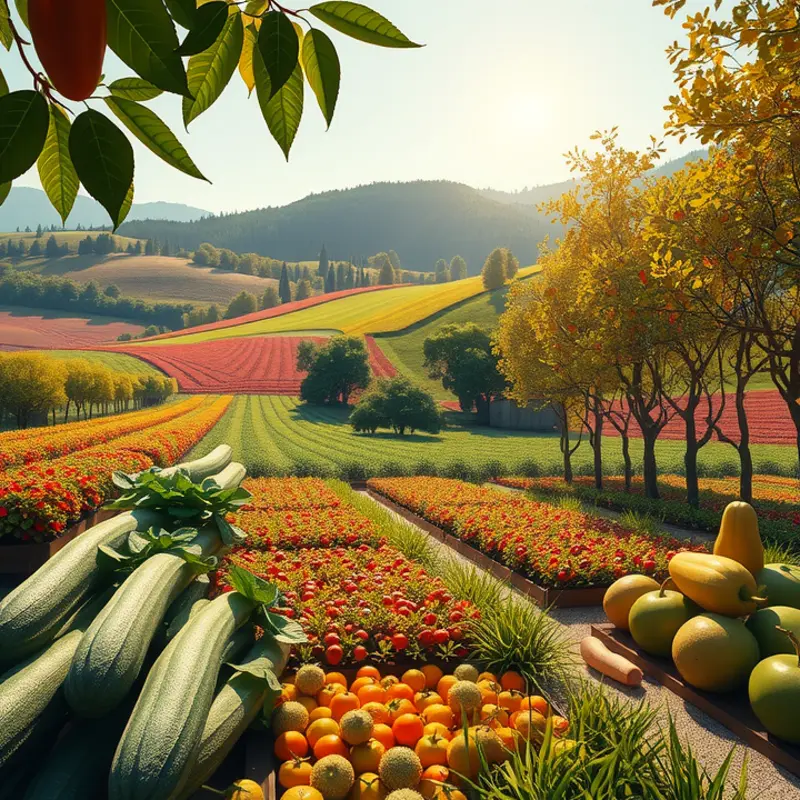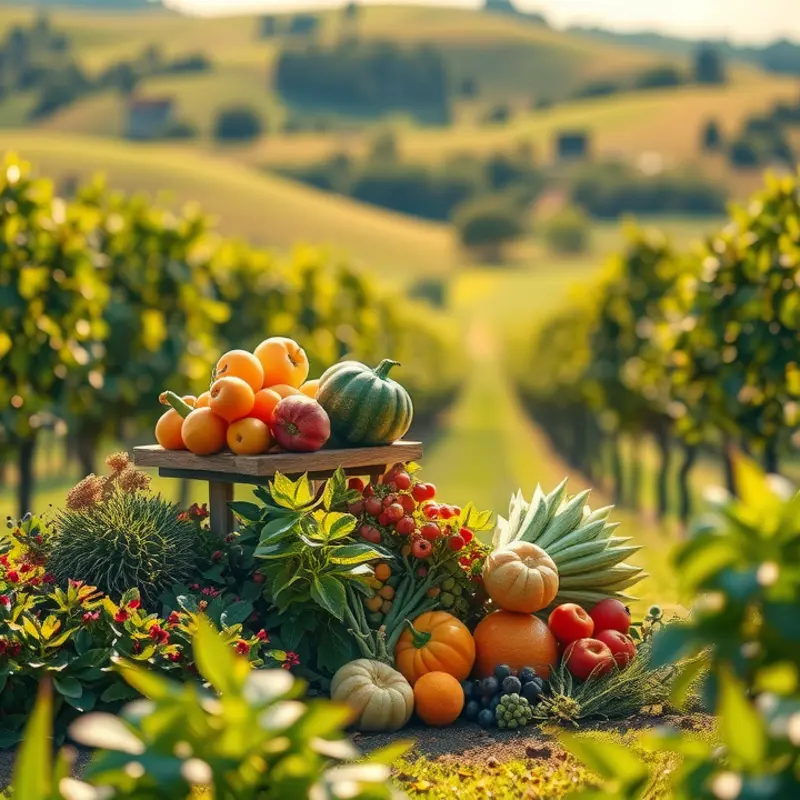From the bustling streets of Bangkok to the quaint kitchens of Italy, noodles have woven themselves into the fabric of various cultures. As a versatile and beloved staple, they represent more than just sustenance; they embody history, tradition, and the creativity of regional cuisines. Join a journey of discovery as we delve into the rich tapestry of global noodle cultures, uncovering unique techniques, ingredients, and culinary customs that make noodles a delightfully diverse topic for food enthusiasts and culturally curious readers.
Noodles of East Asia: A Gateway to Flavor

In East Asia, noodles are more than just a dish; they are a gateway to a deep culinary tradition that reflects centuries-old practices and regional influences. China, Japan, and Korea each bring unique contributions to the noodle tapestry, showcasing diverse flavors and textures.
Chinese noodles serve as a cornerstone of the country’s vast culinary repertoire. With its varied climate and geography, China offers an astonishing array of noodle types. From the delicate longevity noodles of Southern China, symbolizing long life, to the hearty hand-pulled noodles of the north, each type tells a story. In Chinese New Year celebrations, noodles are a must-have, expressing wishes for happiness and prosperity.
Japan delights the world with its iconic ramen. While it originated as a variant of Chinese noodles, ramen has gained status as a global comfort food. Each Japanese region offers a unique twist. For instance, Sapporo’s miso ramen features a rich broth paired with thick, wavy noodles, while Hakata-style relies on a thinner noodle in a tonkotsu pork broth. Udon and soba are other staples that capture Japan’s diversity. Udon, thick and chewy, is perfect for rich broths, while soba offers a lighter, nutty taste celebrated at New Year’s Eve in the tradition of toshikoshi soba, symbolizing a clean break from the past year.
Korean noodles offer robust flavors with a spicy punch. Japchae, stir-fried sweet potato noodles, is often reserved for special occasions, offering a colorful medley of vegetables and beef. Another notable dish is naengmyeon, a cold noodle dish refreshing in the summer heat. Prepared with buckwheat or potato starch, these noodles sit in a tangy cold broth, matched with spicy mustard or vinegar, balancing the whole meal’s flavors. Korea’s noodle culture is also marked by culinary exchanges throughout history, reflecting influences from Mongolian and Chinese cuisines.
In everyday life, noodles serve as quick meals for busy families or leisurely enjoyed street-side. Their versatility extends to sauces and accompaniments, often adapting to local palate preferences and available ingredients. For those keen on exploring innovative, healthier sauces, this guide on flavor enhancements without salt can be a valuable resource.
East Asian noodles, whether enjoyed in grand festive gatherings or simple everyday meals, embody the spirit and adaptability of the region’s culture. Their rich flavors and historical depth invite culinary enthusiasts around the globe to explore and savor each bite, weaving a unique tapestry of taste and tradition.
The Italian Pasta Renaissance: A Cultural Culinary Art

Italy’s love affair with pasta is an intricate dance between tradition and innovation, forming a culinary art that tells stories of the past. Noodles in Italy are not just a meal; they are a symbol of craftsmanship and regional identity, with each type reflecting a unique cultural tapestry. From the robust, hearty dishes of the north to the light, seafood-infused pastas of the south, Italy offers an astonishing variety of pasta forms and flavors.
Pasta-making in Italy follows an age-old tradition, with many Italian families still crafting their noodles by hand. The rhythmic process of making pasta is as much about the technique as it is about the ingredients. In Bologna, the city known as the gastronomic heart of Italy, it’s common to find sfogline—pasta makers—rolling out delicate sheets of dough to create tagliatelle or the stuffed perfection of tortellini. This meticulous art involves not only a deep respect for quality ingredients but also profound familial and regional pride.
Each region of Italy boasts distinct noodle types, reflecting local agricultural bounty and historical influences. In Emilia-Romagna, the renowned ragu alla bolognese sauce perfectly marries with freshly made tagliatelle, creating a dish that epitomizes rich culinary heritage. Meanwhile, the Ligurian coast offers trenette with pesto, demonstrating a lighter, basil-forward profile that complements its maritime hub.
Beyond mere sustenance, these dishes often come with legends and customs. For instance, ravioli, said to have originated in Genoa, was historically consumed during Italian religious festivals. The dish is a culinary nod to abundance and has transformed through centuries, from the simple ricotta and herb fillings to more elaborate compositions involving truffles and seafood.
Dining in Italy is as much about the communal joy as it is about the food itself. The tradition of eating pasta embodies la dolce vita—a celebration of slow, meaningful experiences. Meals are customary affairs, shared among family and friends, where conversation flows as generously as the wine. This approach to dining harmonizes beautifully with mindful eating practices, where the focus remains on savoring flavors and fostering connection (learn more).
Such traditions ensure the history of pasta is not just preserved but transformed with every new generation of pasta lovers. Modern Italian cuisine continues to evolve, influenced by global palates while maintaining its authentic roots. The Italian pasta renaissance is a testament to the country’s ability to merge the artistry of the past with the creativity of the present, ensuring its position as a cornerstone of world cuisine.
Final words
Noodle cultures around the world offer a stunning glimpse into the heart of culinary traditions and the rich narratives that accompany them. Each bowl tells a story—a blend of history, local ingredients, and the unique practices of the people who create them. Whether it’s the delicate silkiness of Asian noodles or the rustic heartiness of Italian pasta, these dishes not only satisfy our palates but also connect us to the diverse cultures around us. As food enthusiasts, appreciating these traditions invites a deeper understanding of not just the food itself, but also the communities and histories that enrich our global culinary landscape.








